The Tragic Tale of Potosí
Set at 4090 meters (13420 ft) above sea level, Potosí is the highest city in the world and once was its most wealthy, thanks to the silver mines of Cerro Rico. Remnants of Potosí’s glorious past are still visible today, as are the vestiges of the exploitation which made Spain rich beyond measure and resulted in the deaths of millions.

The mountain of Cerro Rico towers over Potosí. Red and gray, pockmarked by mine entrances and scarred by dusty roads, it’s a vicious reminder of both humanity’s power and greed. Silver was discovered in the mountain by an Andean farmer in 1545, and explorations revealed that underneath Cerro Rico were quantities of silver almost beyond imagining. There for the taking.
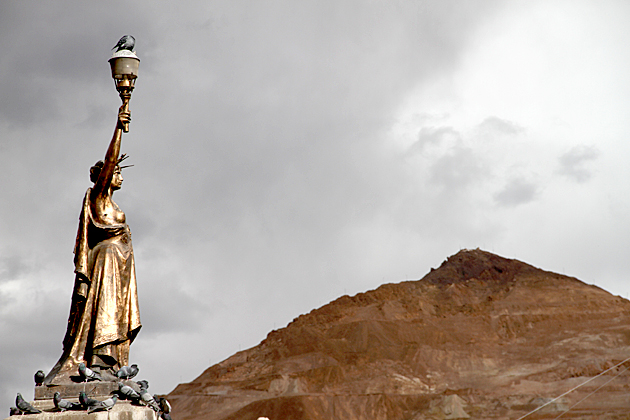
The Spanish set up mines, and employed the indigenous population to work within them. As might be imagined, conditions inside 16th century colonial mines were atrocious and people soon refused to work. But what’s the point of subjugating a people if you can’t force them to do your bidding? Spain implemented a system borrowed from the Incas called the mita, whereby every village was forced to send a percentage of its male population to the mines of Cerro Rico. The mortality rate was fantastic. A man sent to work in the mines had about a 30% chance of ever returning home. By some estimates, over eight million indigenous men and African slaves died in the mines of Potosí, or of mercury poisoning during the refining process.
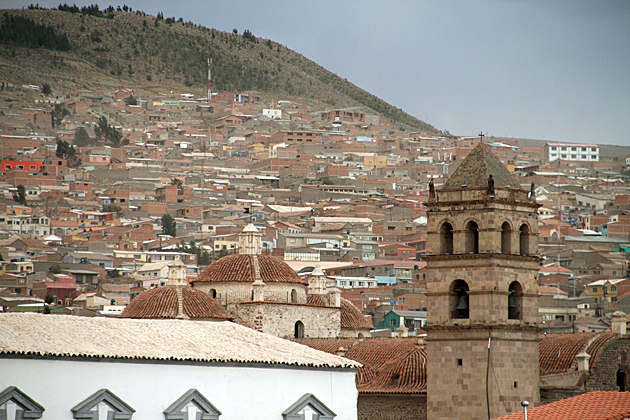
Eight million. Meanwhile, the Spaniards who lived in Potosí were walking the streets in ornate robes and silver jewelry. The churches of Potosí were awash in precious metals and, unlike most Catholic churches which face east towards the rising sun, they were built with their doors facing the south: towards the Cerro Rico, the source of their wealth. The hypocrisy in Potosí was staggering; the more people died inside the mines, the more glorious the churches. The city’s elite knew full well that their riches were generated by millions of corpses, and they tried to buy their way into heaven with gifts to God, and public demonstrations of their noble Catholic faith.
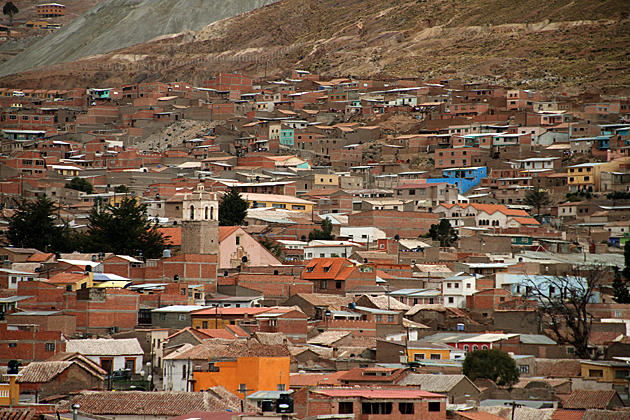
We spent four days in Potosí, and were absolutely captivated. In the 17th Century, Potosí was one of the world’s greatest cities, dwarfing both London and Madrid in size and wealth. Its power disappeared once the mines dried up in the 18th century, but the city has clung to life. We found a population both proud and horrified of its past, and a workforce still sadly based on mining. Over the next week, we’ll be writing about some of things we saw and did in Potosí: one of the world’s most tragic and interesting cities.
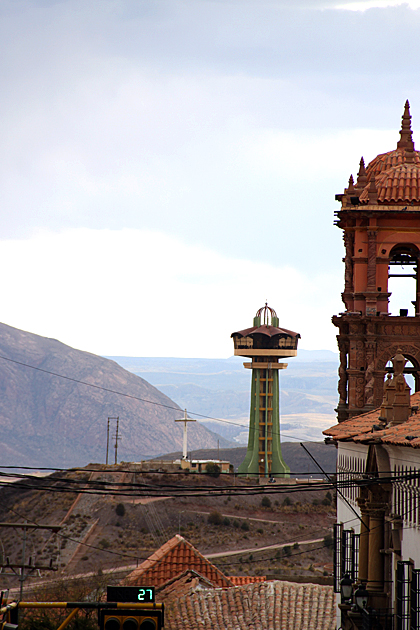

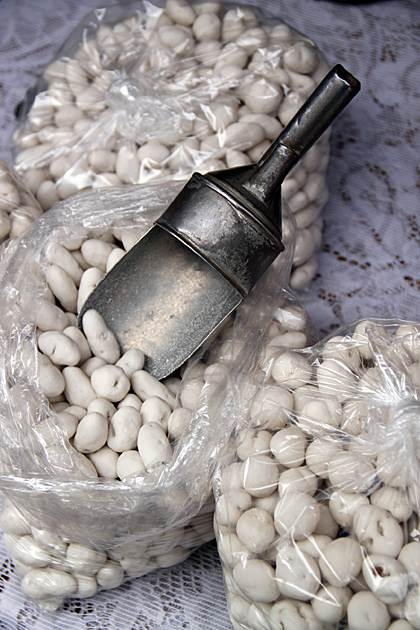
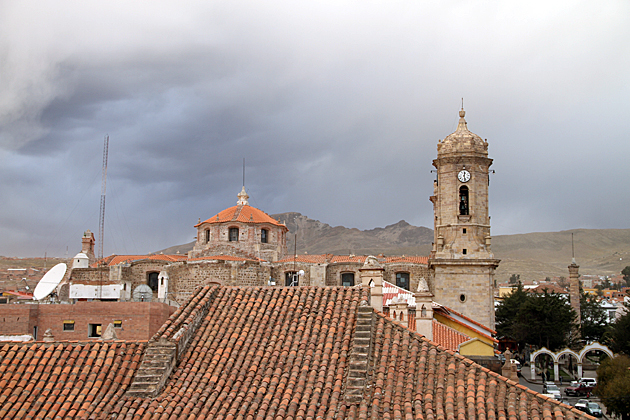
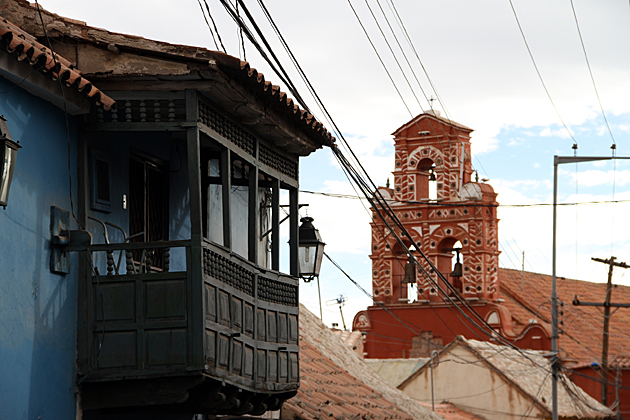
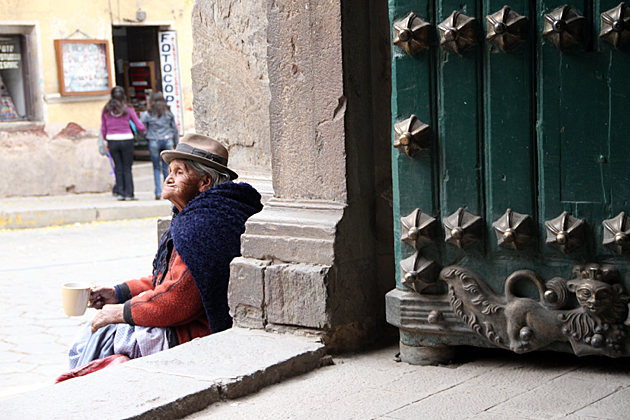

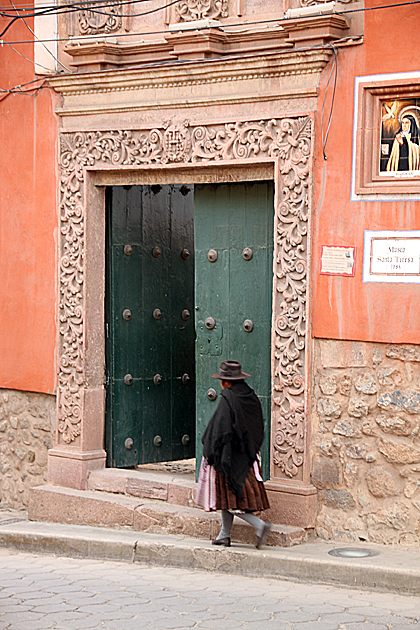
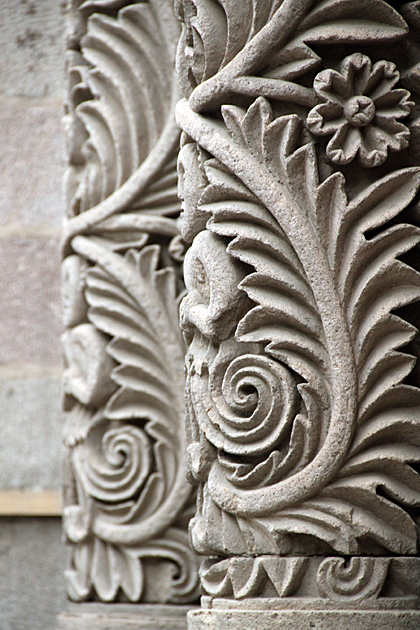

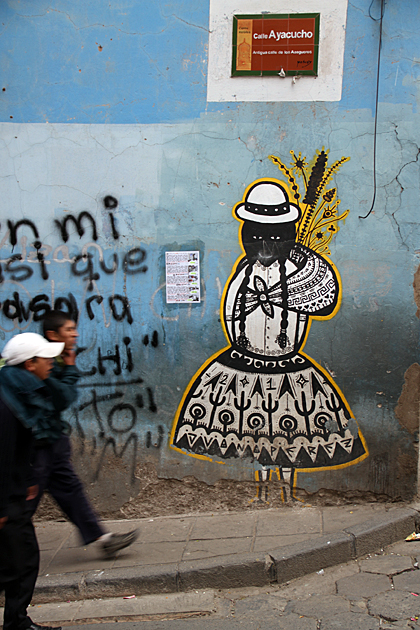

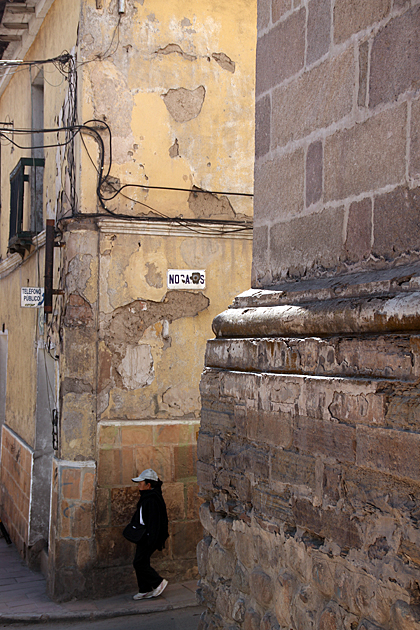
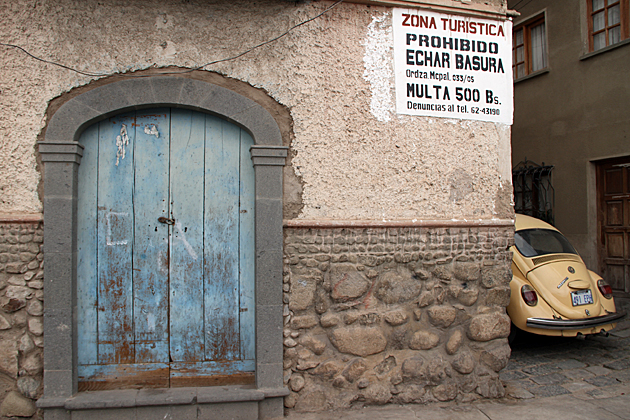
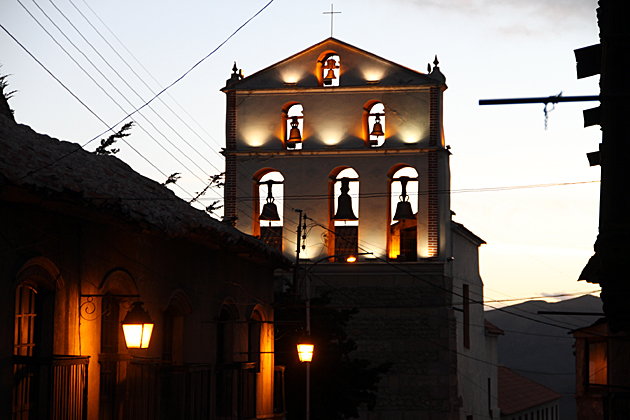
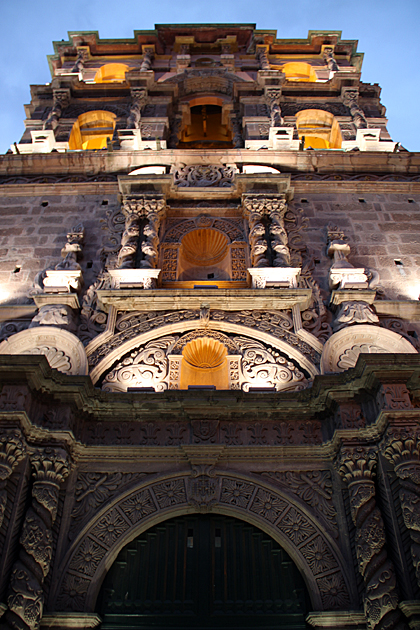
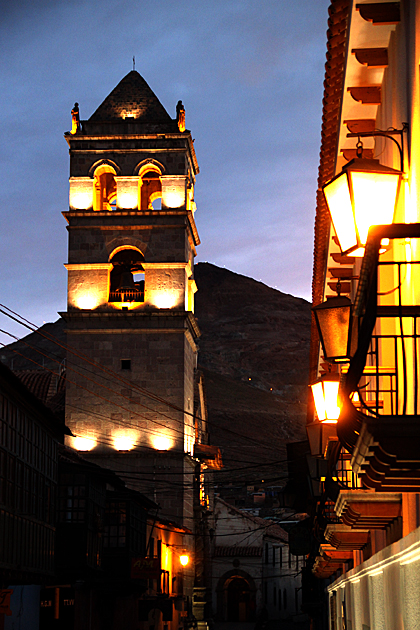
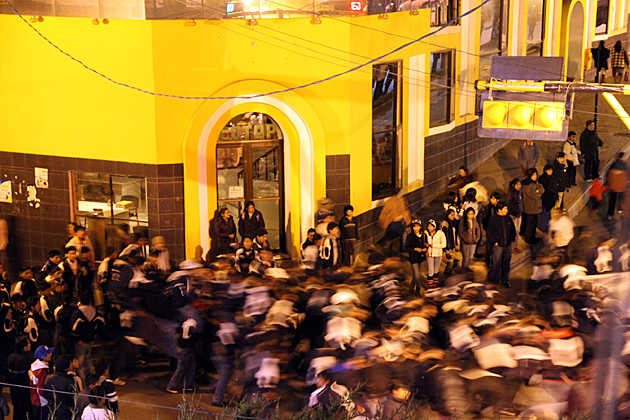
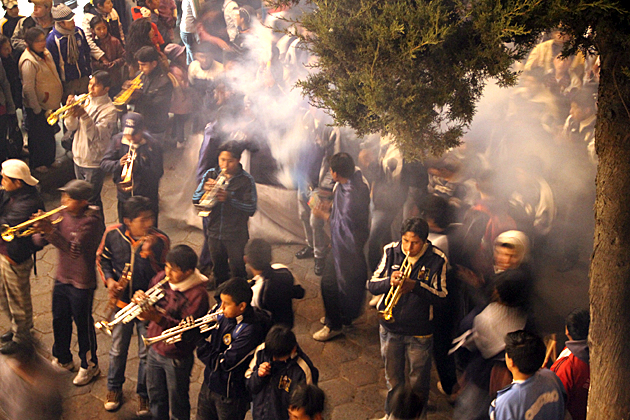
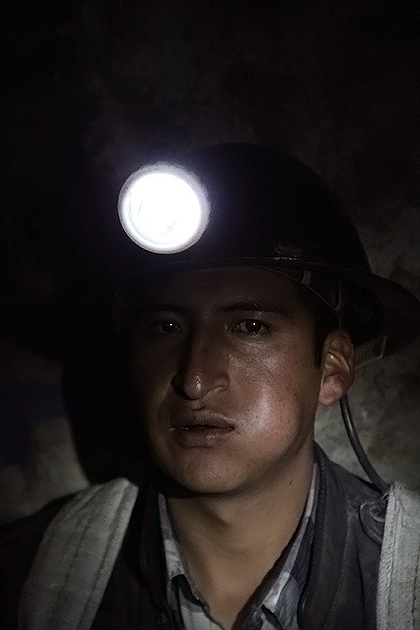



It’s so interesting to learn the history. I never would have imagined a city in Bolivia was once one of the world’s greatest cities.
That is really tragic. It looks like such a vibrant place. Was that a special street fair or something?
We spent a bit of time in Potosi and LOVED Bolivia in general. Such a fantastic place – the people really made it for us. Gorgeous shots!
Pingback: Travel Tips: Bolivia Travel Guide | Lengthy Travel
Is it true that alot of spanish people are now regularly moving to Bolivia now because of the state of spain and its economy ?